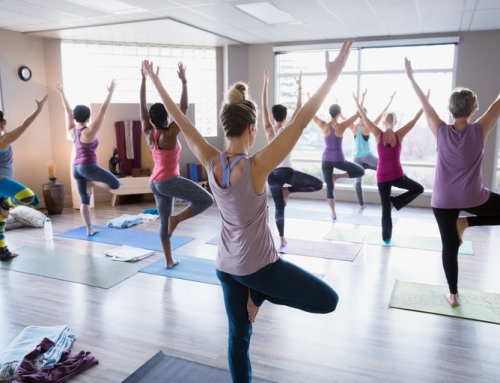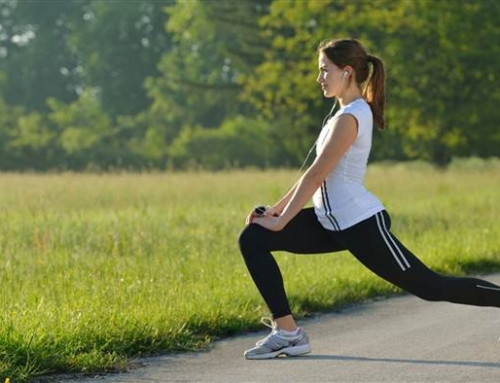If you have not suffered a vertebral fracture, adopting an exercise routine that improves posture and strengthens back muscles can go a long way toward preventing one. And if you are already plagued by back pain due to vertebral fractures, the exercises and protective movements described below may bring relief and prevent the problem from getting worse.
These guidelines and exercises have been adapted primarily from recommendations published in the medical journal Osteoporosis International.
First, it is critically important to know what not to do. Avoid those infamous stomach “crunches” and toe touches and any exercise or activity that involves twisting the spine or bending forward from the waist with straight legs.
Next, recall a mantra you may have heard often as a child: Stand up straight. Good posture — proper alignment of body parts when you stand, sit or walk — reduces stress on the spine. Lift your breastbone, and keep your head erect and shoulders back, all the while gently tightening abdominal muscles and maintaining a small hollow in your lower back.
More advice from the experts:
- When sitting for long periods, place a rolled towel or small pillow at the small of your back. Walk with your chin in and head upright.
- Learn to bend over safely from the hips and knees, not the waist. Start with your feet shoulder-width apart and keep your back straight. Do not twist; turn to face the object you wish to reach before you bend.
- To reach your feet (for example, to tie your shoes), sit on a chair and cross one foot at a time over the opposite knee, or stand with one foot on a stool.
- Lifting an object can be problematic. If possible, first get down on one knee and lift the object to your waist; then stand up, holding it close to your body.
- When carrying packages, use two bags with handles packed as evenly as possible, and carry one bag in each hand. If you have recently had a vertebral fracture, limit the weight you carry to 10 pounds.
-
Avoid overreaching. Don’t reach for objects on a shelf higher than one you can touch with both hands together.
-
Protect your back when you cough or sneeze. Tighten your abdominal muscles, and place one hand on your back or press your back into a chair or wall for support. Alternatively, gently bend your knees and place one hand on them.
Also helpful is strengthening your core. The Pilates plank exercise, which looks like the “up” part of a push-up, is excellent if you can do it. Lie face down, and raise your body into a benchlike posture, supporting it with your hands and toes and keeping your back flat. Hold the position for a count of 10, or as long as you can without undue strain. Over time, build up to a one-minute plank.
Also helpful is strengthening your core. The Pilates plank exercise, which looks like the “up” part of a push-up, is excellent if you can do it. Lie face down, and raise your body into a benchlike posture, supporting it with your hands and toes and keeping your back flat. Hold the position for a count of 10, or as long as you can without undue strain. Over time, build up to a one-minute plank.
If posture is a problem, a suggested corrective exercise involves sitting or standing as tall as you can with your chin tucked in, stomach tight and chest forward. With your arms extended in a “W” position and shoulders relaxed, bring your elbows back to pinch your shoulder blades together. Hold for a slow count of three and relax for another count of three. Repeat 10 times.
View our waist brace that can help release your back stress immediately.



